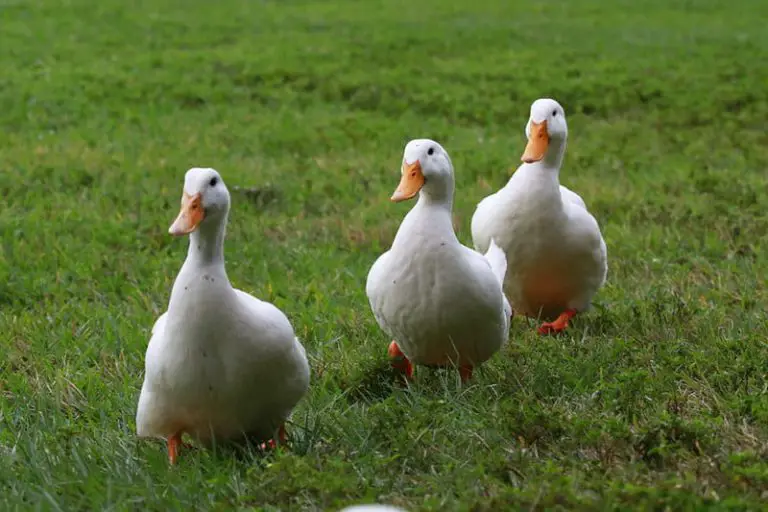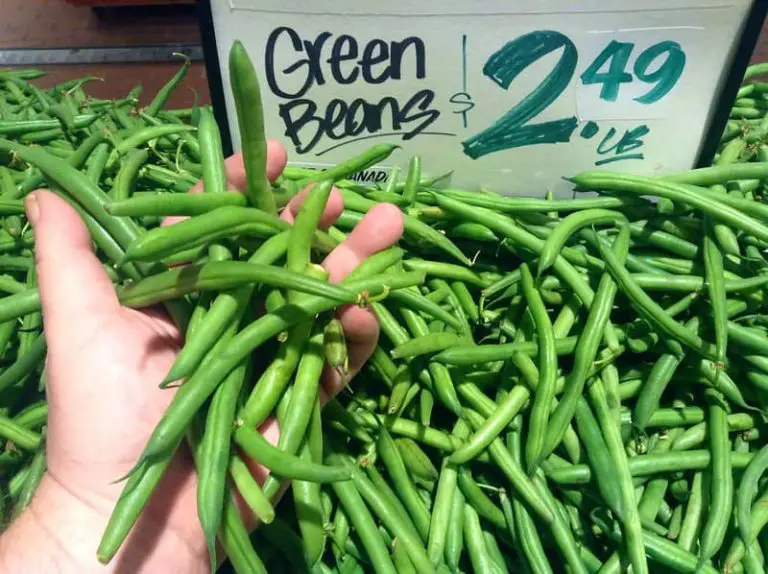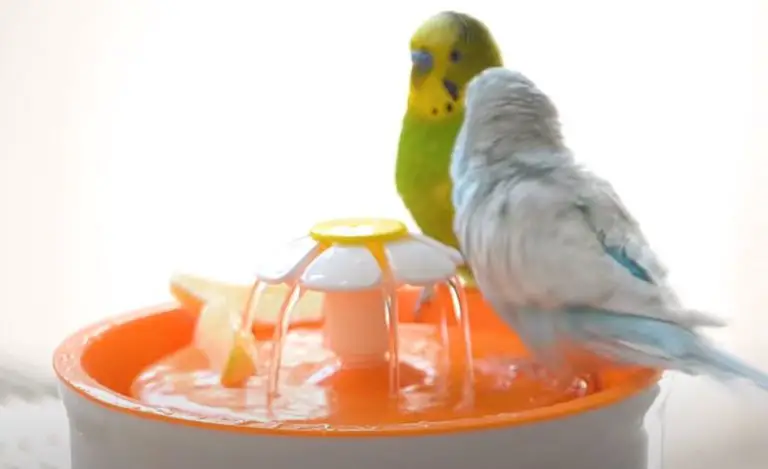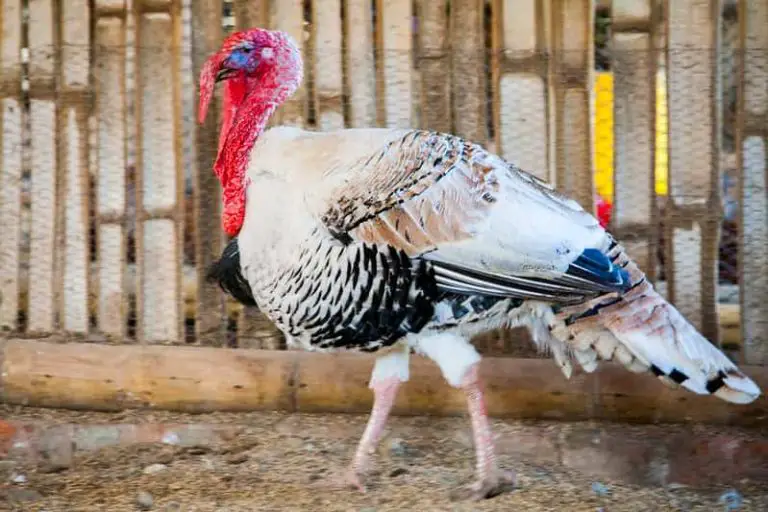Why do Quails Lose Their Feathers? (The Main Reason)
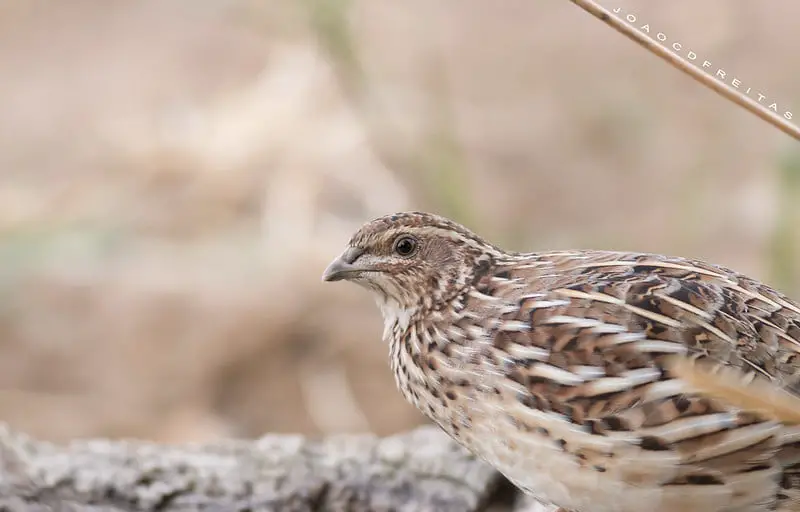
Why do quails lose their feathers?
On some occasions, quails maintain an aspect as if they had been run over by a truck, all plucked. This may be a cause for concern for some quail breeders, but really this process is something natural and has to do directly with the moulting of the quail.
Quail feathers warm and protect against moisture, rain and cold. But in the course of the year, they are subjected to heavy loads and wear out. Twice a year, in spring and autumn, quails renew their plumage. This very important process is called moulting for the quail.
The quail looks bad during molting. They are huddled together, almost completely naked and completely torn apart. It almost looks as if a fox is in the quail pen and spoils it.
One is often asked, “Are your quails sick? Are they okay?
At the end of its laying campaign, the quail molts as well as the hen. This period can vary in the number of days allows the bird to prepare for the next campaign, its productive level being lower than the first. When the bird molts, the feathers of the chest and wings fall off, and are feathered again after the molting period.
During the moult, the quail not only renew their plumage, the laying apparatus is also regenerated.
When do quails moult?
If the quails are kept naturally and not in air-conditioned stalls, they moult in spring and autumn.
Spring moult : March / April
Fall moult : September / October
Both the falling temperatures in autumn and the days that are getting shorter give the impetus for the beginning of the autumn moult. Hormones then put the quail into regeneration mode.
Some commercial laying farms initiate the moulting by briefly withdrawing food and water. In this way they achieve a simultaneous moult of all animals.
After the new plumage in autumn, the quails are well prepared for the cold temperatures in winter thanks to the new plumage.
How to recognize when quails are molting?
There are two very simple and obvious ways to tell you that a quail is molting:
Feathers all over the quail house
It almost looks like the quail had a pillow fight. There are feathers everywhere in the quail house. Especially at the quail’s favorite places, the ground is covered with feathers.
The quail’s disheveled plumage
But not only by the feathers lying around you can tell that the quail molt. The animals themselves also look very disheveled and often have bald spots on their bodies.
How long does quail moult?
The duration is very different. Sometimes the moulting occurs so quickly and so discreetly that it is barely noticeable. In other cases, the process can take more than 30 days, moulting can be very quick, especially with young and vital quail. It tends to take longer for older quails.
What exactly happens in the moult?
The moulting becomes visible through the renewal of the quail’s plumage. A hormone causes new feathers to form. Old feathers are repelled by the body and fall out.
The new feathers are initially surrounded by a protective membrane that peels off as soon as the spring has grown out.
Feathers are dead biological structures and since they lack blood supply, the feathers do not self-regenerate, but are renewed. This is what moulting consists of, replacing worn out and old feathers with new ones.
There are two kinds of molt: total molt and partial molt.
Total molt affects the bird’s flight feathers, that is, most of them. Nearly all species molt their entire feathers at least once a year, a period when their flying abilities decrease and they are weaker and more vulnerable to external effects.
Partial molt does affect body feathers and is not as extreme. It usually occurs before the breeding season in order to adapt the bird’s appearance for reproductive function. It also occurs during the change of season, to adapt the plumage to the time of year.
However, in the case of domestic birds, this molt is not as noticeable, since they live in a controlled environment where temperature and humidity hardly change.
Quail may not lay eggs in the moulting process
Much more happens in the quail than the change of feathers. Not only the plumage is subject to severe signs of wear. The laying apparatus is also heavily stressed by the high laying performance. This also gets the time to regenerate during the moult.
In addition, the feathers consist of 80-85% protein. As a result, the body simply cannot produce both eggs and feathers at the same time.
Quail usually no longer lay eggs during the moult. However, a few quail occasionally lay an egg.
How can you help the quail in the moult?
The moult is extremely strenuous and exhausting for the quail’s body. Producing a huge amount of new feathers requires a lot of protein, calcium and vitamins. In particular, the protein requirement during this time is usually not covered by normal quail feed, so that this has to be compensated for with special additional feed.
During the moult you should:
Avoid stress for the quail: No change of barn, no socialization.
Do not pick up the quail: Especially when the new feathers are sprouting, the tissue is very well supplied with blood and is sensitive. The blood quills (this is how the fresh feathers are called) are easily injured when they are lifted. Such bleeding spots often encourage other quails to peck.
Giving additional vitamins and minerals: Usually given as an additive to drinking water.
Feed additional protein: Suitable additional feed with a high protein content
Other reasons for feather loss in quail
Often one wonders whether such an enormous loss of feathers is still part of the usual moulting or whether other factors are the causes. These can be other causes of feather loss in quail:
Feather eating: In feather eating, individual quails are plucked so much by the others that they are almost naked. The feathers are eaten by the other quail. Even if the causes of feather eating have not yet been fully clarified, one suspects stress, boredom and low-protein food.
(You can recognize feather-eating on the one hand by the pecking of the other quail and on the other hand by the fact that there are no feathers lying around in the barn)
Very active rooster: A bald back and missing feathers on the back of the head of some quails usually indicate a very active rooster. These areas are particularly stressed when pedaling.
Mites and feathered mites: Chicken mites and feathered birds put a lot of strain on the quail and make their plumage suffer. Provide your quail with a sand bath and treat them with a mite spray and diatomaceous earth if you have discovered any mites.

